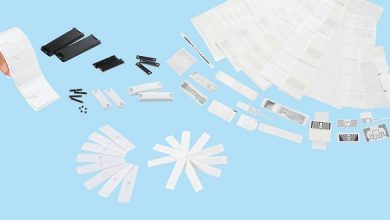Understanding what customers need and how they buy

The next component of the three C’s model is customers. For the companies I’ve worked with, this step provided a tremendous amount of value. It’s amazing that assessing customers and their needs could be a novel concept. But for many companies it is. The clients that Mezzanine serves are often thrilled that we will be interviewing their customers and prospects to systematically identify why and how they buy, what emerging needs they have, and what perceptions they have of the company and the competition.
The purpose of the customer assessment is to intimately understand buying behavior. There are two ways to gather this knowledge—secondary and primary research. Secondary research relies on published information (such as industry reports) and capturing the customer knowledge that already exists in your company (sales, customer service, and management). Primary research involves conducting interviews and creating surveys directed at current or prospective customers.
What do you need to know?
Identify what information you want. Put a guideline together to structure your discussions with customers, prospects, and others. It will ensure you collect and capture all the great information you’re about to hear. Here are the basic areas to investigate
Buyer Characteristics: What industry are they in? What kind of organization? What is their role (job title)? How long have they been in that role? What are their responsibilities?
Decision-Making Process: Who’s involved in making the purchase decision? Who has the power to say yes or no? When was the last purchase of this kind made? How was it made and why was a certain vendor chosen?
Start with what you already know
You can complete this step at the same time as the workshop for the company assessment. There is a tremendous amount of customer knowledge within your own company. In a workshop or individual interview ask the sales team, customer service representatives, and management what they know or suspect.
Get answers to the questions you identified in Step One. Not everyone will know everything, and they may be uncertain about particular topics but usually, a good portion of what you need to know is already resident in your company. One caveat your team will know a lot about your existing customers but much less about non-customers. They may also know how your customers interact with your company but not how they interact with competitors or with each other.
Don’t assume that what you learn from your internal sources is the full story. You will still need to do research directly among customers and non-customers to develop a marketing strategy that can help you grow your business both within and beyond your existing customer base
Analyze the data
It’s easy to conduct primary research and then think you’re done. But the raw data doesn’t do much for you. It’s the analysis that delivers the useful insight needed for your marketing plan





